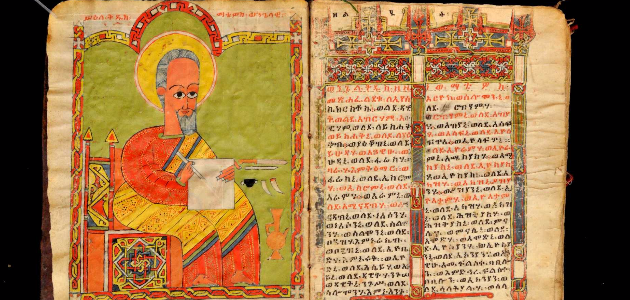Literature
The Ge'ez written heritage of Ethiopia and Eritrea is entirely part of the Judaeo-Christian tradition of the Mediterranean.
The literary tradition began in the Aksumite time (fourth to ninth/tenth centuries) with the translation of the Bible and the main bulk of the Christian literature from the Greek language.

When Arabic became the main language of the Coptic Church in Egypt, the mother church of the Ethiopian Orthodox Tawahedo Church, a bulk of texts were translated, or sometimes retranslated, from Arabic.
The project creates the Clavis Aethiopica - a comprehensive repertory of all known works of Ethiopian and Eritrean literature that provides a unique identifier and a reliable reference to each work. We consider a work any text with an independent circulation. Wherever a work also exists in other traditions, references to these works as well as to other Claves are provided wherever possible.
When a unique identifier is needed for text portions (paragraphs, chapters, miracles, or episodes which are not explicitly highlighted as text part with individual circulation but may be extant as different versions in multiple recensions or even in different works), these do not receive a Clavis Aethiopica number but a Narrative Unit ID. We also include records for the important early works in Ethiopian and Eritrean studies.
We gradually include available digital transcriptions of edited texts as well as produce new digital editions of important works.
The records are prepared in TEI XML format according to our Encoding Guidelines.
The current provisional list of all IDs is available here.


